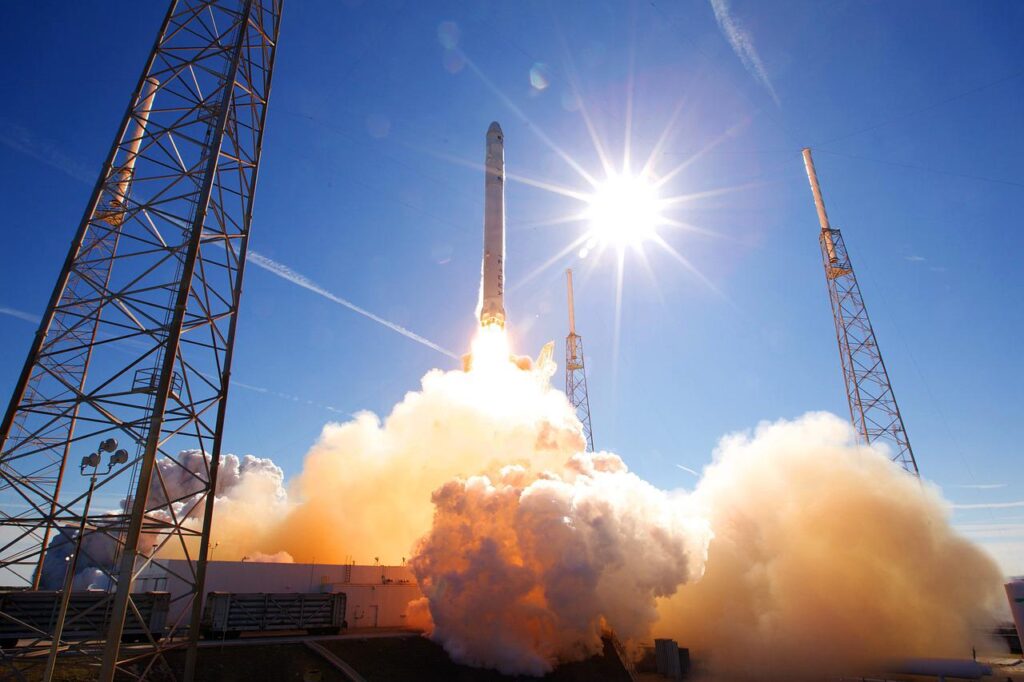Fifty-three years after Neil Armstrong became the first human to walk on the moon, NASA is gearing up to launch the Artemis I Moon Mission at the end of August, which will pen the next chapter in the history of human civilization.
The world’s leading space agency announced on July 20 that it would launch the Artemis I mission by the end of August to enable further exploration of the Moon. The launch will kick off NASA’s Artemis Mission Program, which aims to put humans on the Moon.
The agency aims to land the first woman on the Moon in 2025, setting the scene for NASA’s upcoming major milestones which includes sending astronauts to Mars.
The Artemis stack, which consists of the Space Launch System (SLS) and the Orion spacecraft, is currently being maintained at Kennedy Space Center, according to NASA in a media teleconference on July 20.
The SLS stack can move to the pad after only a few tests are complete. The group anticipates it to occur as soon as August 18.
After numerous test attempts and delays, NASA’s Artemis 1 completed the wet dress rehearsal last month despite the leak issues. The agency reported that the problem with the hydrogen leak and the technical issue was also resolved.
The launch date of the first test flight is scheduled for August 29. The next two test flights will be conducted on September 2 and September 5, respectively.
All three departures will be uncrewed flights with only human models on board. The launch date, however, is still subject to change, depending upon Florida’s weather circumstances and issues arising before the rocket is off the ground.
If the Orion spacecraft’s journey to the Moon and back is successful, astronauts could board in 2023 and land on the Moon in 2025. On July 20, 1969, the Apollo 11 spacecraft delivered three astronauts to the Moon: Neil Armstrong, Buzz Aldrin, and Michael Collins marking a significant step forward in human space exploration.
Article Source: Space.com
Image by SpaceX-Imagery from Pixabay






